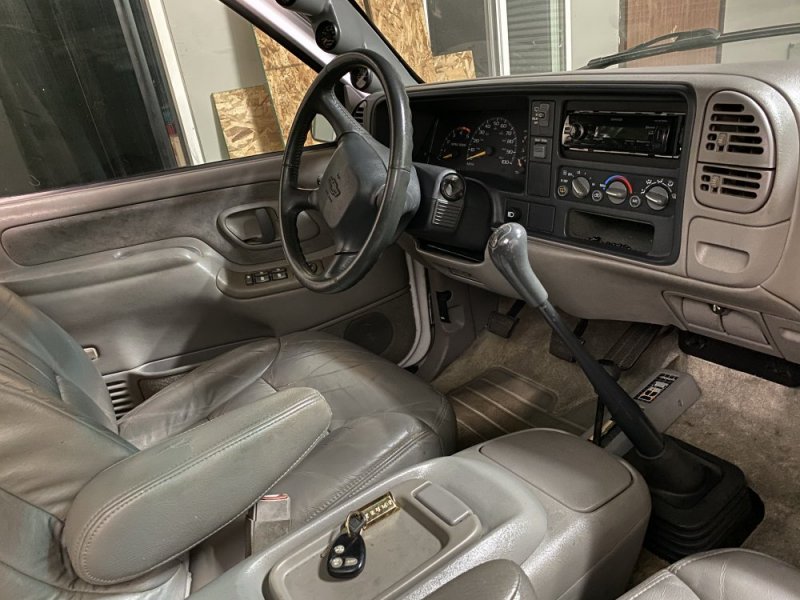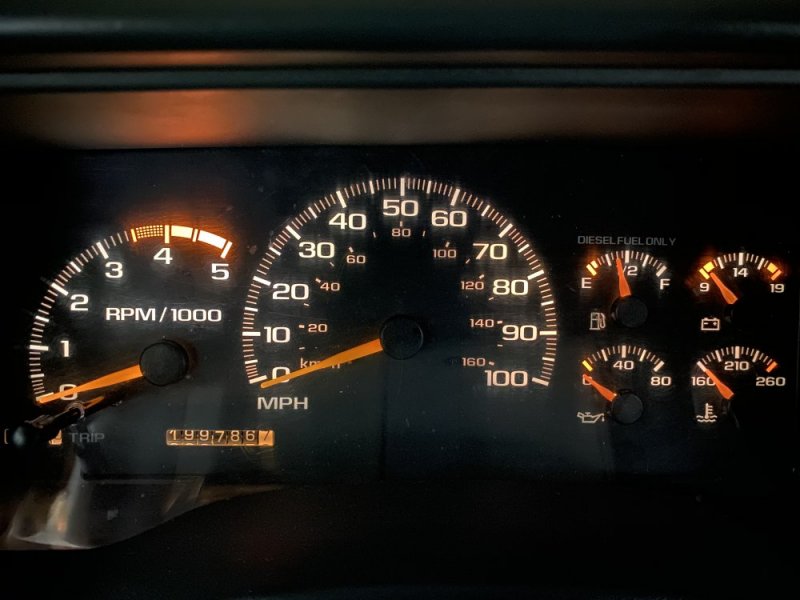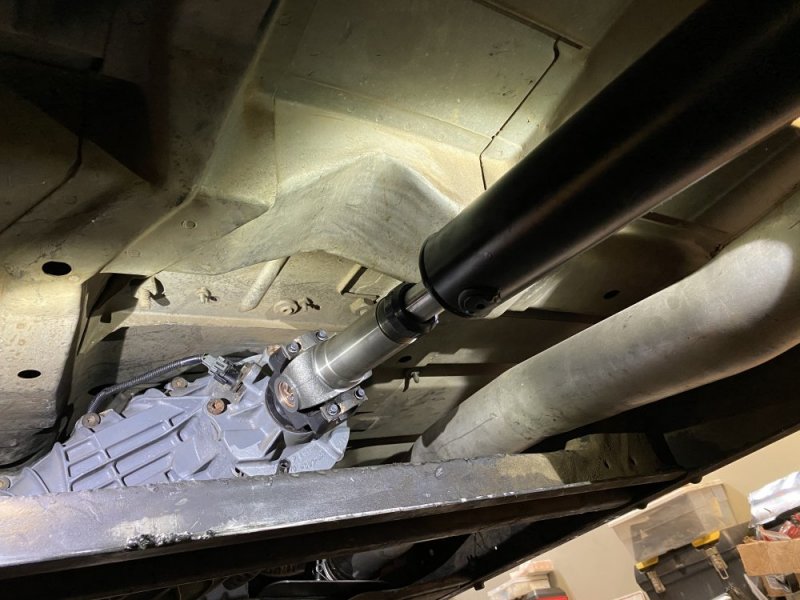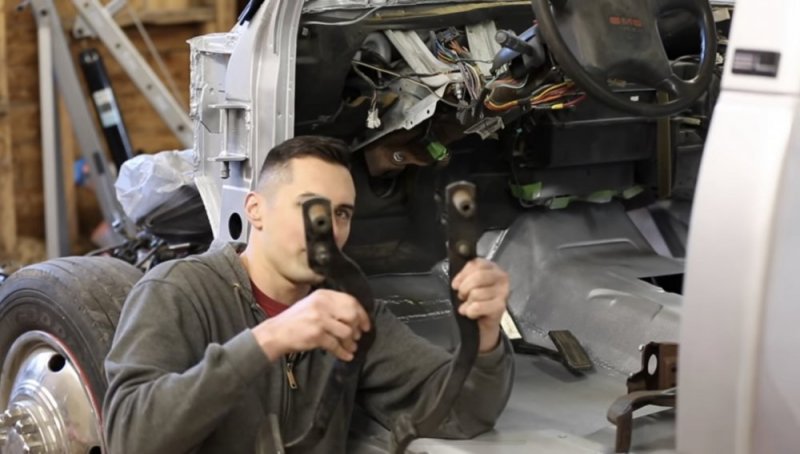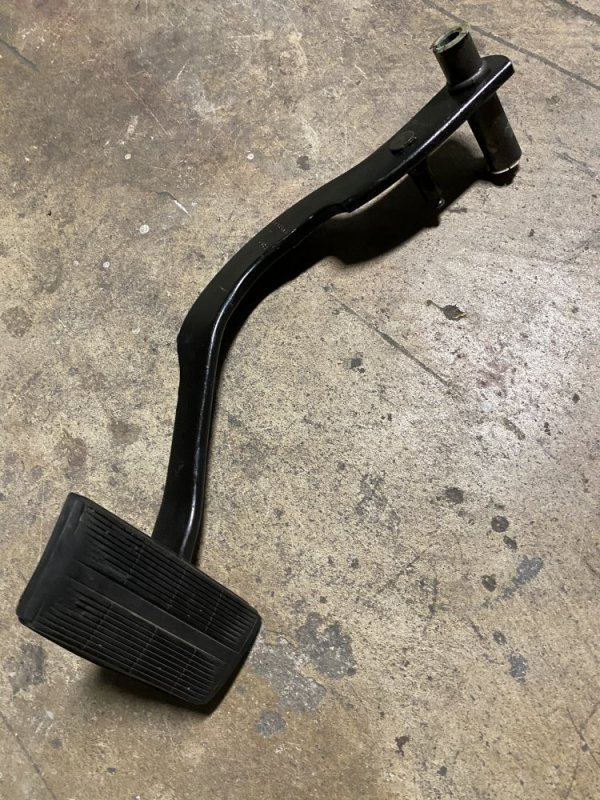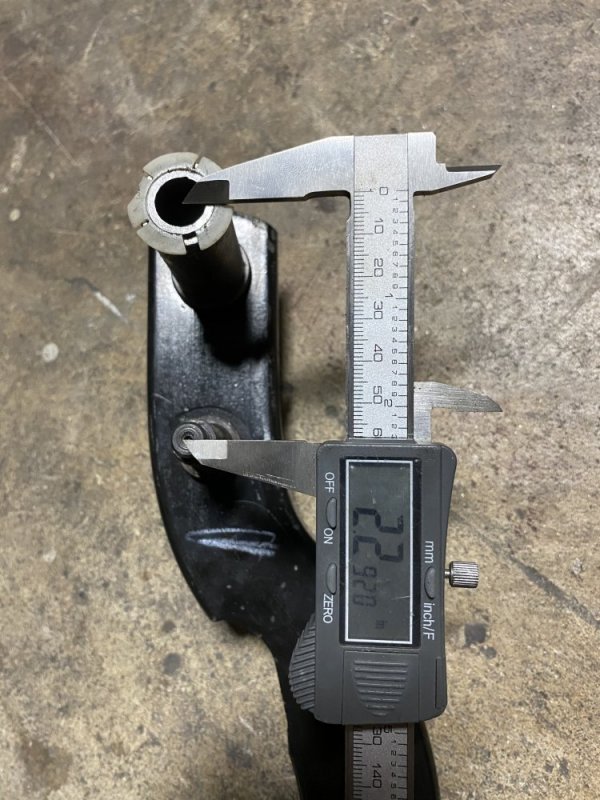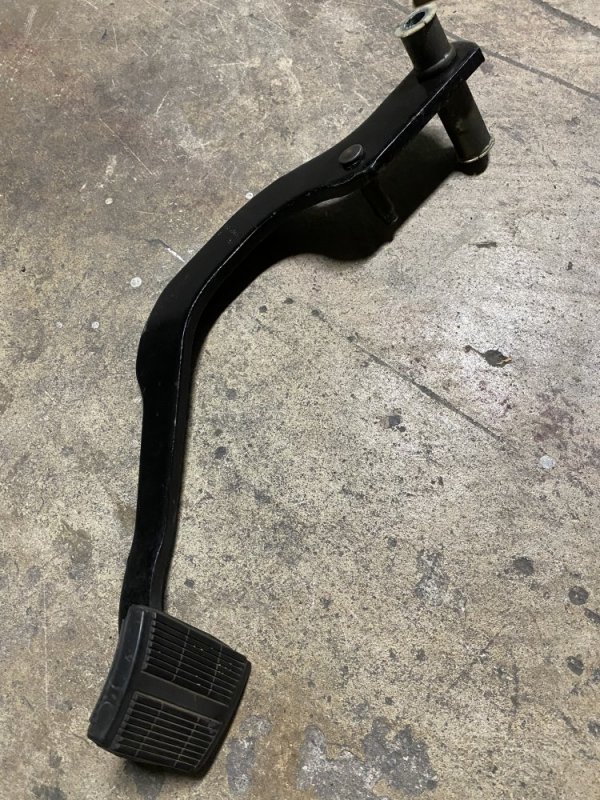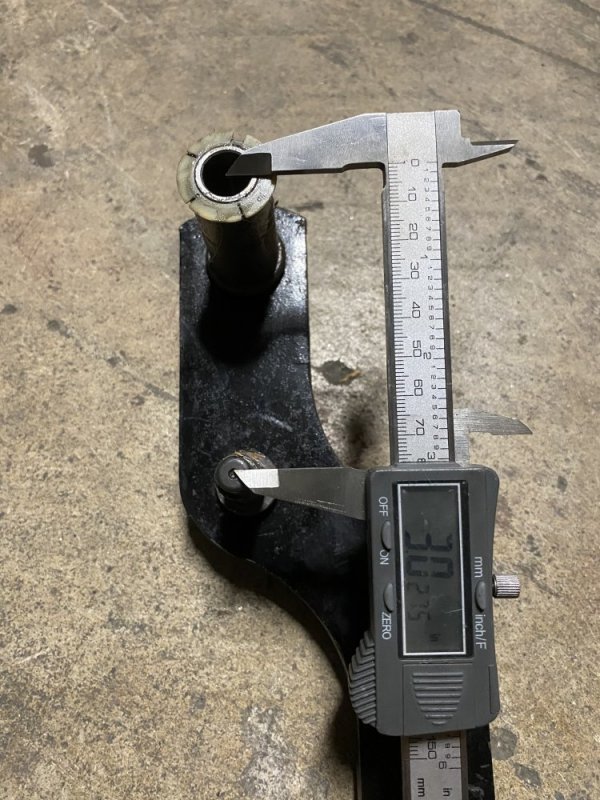usanumber1
Well-Known Member
I'm running an HE351CW with a low-and-back exhaust manifold, and I already have a 4" stainless mandrel 90* attached to it still from the original downpipe I had built. Should be fairly simple for someone else to whip up a small section.A 1st gen Cummins 2wd 4" OD downpipe attached to a mid-mount exhaust manifold will tuck down between the bottom two bolts of trans adapter on passenger side, another option would be a Cummins cobra-head down pipe.

